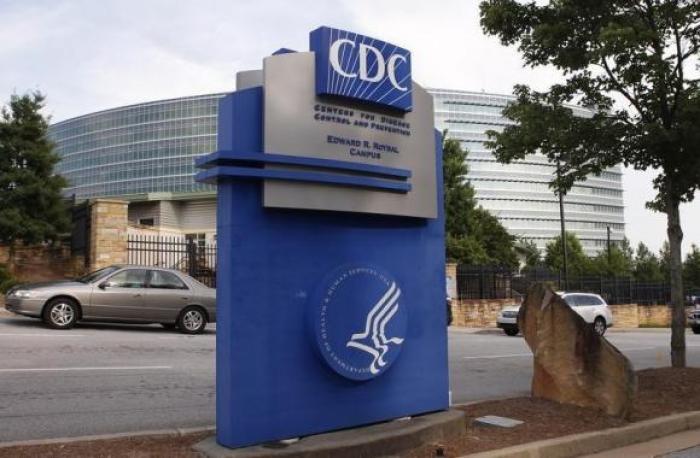CDC Study: Gay, Bisexual Teens More Prone to Risky Behavior

A national study by the Centers for Disease Control suggests that gay, lesbian and bisexual teenagers face more bullying and are also more likely to engage in violence-related risky behaviors, use of drugs and alcohol, and consider attempting suicide.
Nationwide, about 89 percent of students identified as heterosexual, 2 percent as gay or lesbian, 6 percent as bisexual, and a little more than 3 percent said they were not sure of their sexual identity, according to the CDC study, called "Sexual Identity, Sex of Sexual Contacts, and Health-Related Behaviors Among Students in Grades 9–12."
Nationwide, 48 percent of students had had sexual contact with only the opposite sex, 1.7 percent had had sexual contact with only the same sex, 4.6 percent had had sexual contact with both sexes, and 45.7 percent had had no sexual contact, the study found. It also said that among students who had sexual contact with only the opposite sex, 95.7 percent identified as heterosexual; 2.8 percent as gay, lesbian, or bisexual, and 1.5 percent were not sure of their sexual identity.
The study then looked at more than 100 different activities, from eating habits to suicide attempts.
The study found that students who had engaged in bisexual or same-sex sexual relationships were far more likely to drink alcohol, use drugs, smoke cigarettes, and use hard drugs, according to The Federalist.
Those who had engaged in bisexual or same-sex sexual relationships were also twice as likely as heterosexual teens to be threatened or injured on school property by a weapon, and more than twice as likely to miss school for "safety concerns." More than one-third of them said they faced bullying on school property, as well.
"Nationwide, 17.7% of all students; 14.8% of heterosexual students; 42.8% of gay, lesbian, or bisexual students; and 31.9% of not sure students had seriously considered attempting suicide during the 12 months before the survey," the CDC said in the study. "The prevalence of having seriously considered attempting suicide was higher among gay, lesbian, and bisexual students (42.8%) than heterosexual students (14.8%) and not sure students (31.9%) and higher among not sure students (31.9%) than heterosexual students (14.8%)."
Across the 18 violence-related risk behaviors nationwide, the prevalence of 16 was higher among gay, lesbian, and bisexual students than heterosexual students and the prevalence of 15 was higher among students who had sexual contact with only the same sex or with both sexes than students who had sexual contact with only the opposite sex, the study added.
Similarly, across the 13 tobacco use-related risk behaviors, the prevalence of 11 was higher among gay, lesbian, and bisexual students than heterosexual students and the prevalence of 10 was higher among students who had sexual contact with only the same sex or with both sexes than students who had sexual contact with only the opposite sex, the study pointed out.
Furthermore, across the 19 alcohol or other drug use-related risk behaviors, the prevalence of 18 was higher among gay, lesbian, and bisexual students than heterosexual students and the prevalence of 17 was higher among students who had sexual contact with only the same sex or with both sexes than students who had sexual contact with only the opposite sex, it added.
This pattern also was evident across the six sexual risk behaviors, the study went on to say. "The prevalence of five of these behaviors was higher among gay, lesbian, and bisexual students than heterosexual students and the prevalence of four was higher among students who had sexual contact with only the same sex or with both sexes than students who had sexual contact with only the opposite sex. No clear pattern of differences emerged for birth control use, dietary behaviors, and physical activity."
The study said there is a need to "encourage student-led and student-organized school clubs (e.g., gay/straight alliances) that promote school connectedness and a safe, welcoming, and accepting school environment for all students," among other measures.
However, Catholic University Professor Paul Sullins told the Federalist that the CDC study's "main finding is that risky behavior across the board is much more prevalent among LGB youth. They are more likely to engage in risky sex, substance abuse, and violence of all kinds. Less likely to wear seat belts or eat breakfast. More likely to be depressed (feel sad) or attempt suicide. LGB sexual identity or having same-sex partners is positively correlated with almost every risk behavior measured on the survey."





























